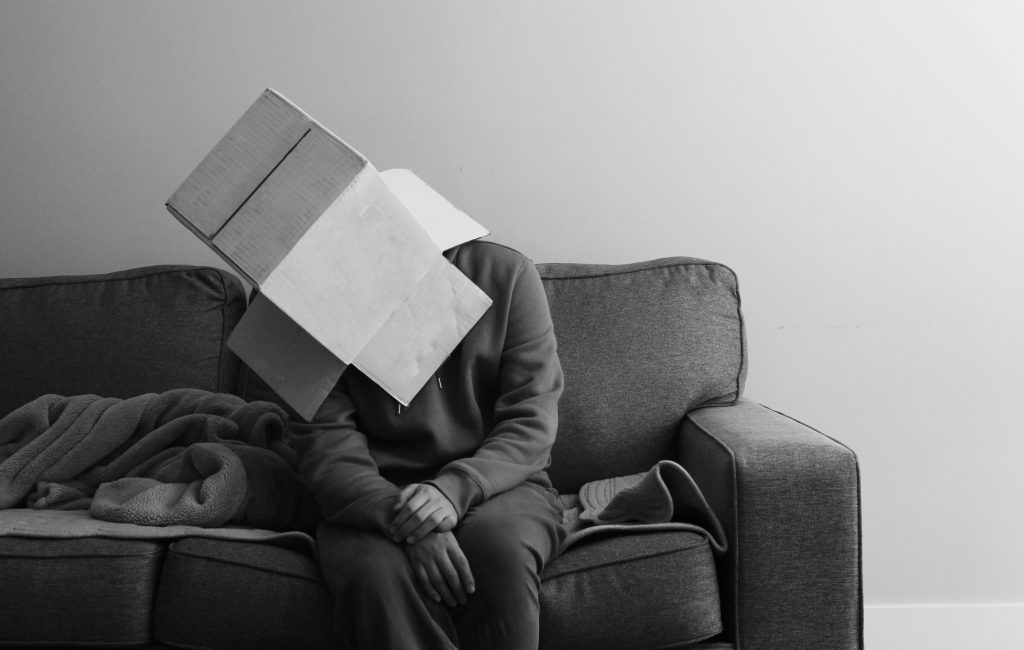Headaches
- 3min read

Headaches
Headaches can be caused by various factors such as stress, fatigue, dehydration, muscle tension, vision problems, allergies, sinus infections, hormonal changes, sleep disorders, etc. Here are some general tips for managing headaches:
Rest and relaxation
Try to rest in a quiet, dark environment. Relaxation techniques, meditation, or deep breathing can also help relieve tension and stress.
Hydration
Make sure to stay well hydrated by drinking enough water throughout the day. Dehydration is often a trigger for headaches.
Stress management
Identify and manage sources of stress in your life. Practice stress management techniques such as progressive muscle relaxation, yoga, or meditation.
Maintain good posture
Keep correct posture when sitting and standing to avoid muscle tension in the neck and shoulders, which can contribute to headaches.
Allergy management
If you suffer from allergies, try to reduce exposure to allergens and follow your doctor’s recommendations for allergy treatment.
Avoid dietary triggers
Certain foods and drinks such as cheese, chocolate, fried foods, caffeine-containing beverages, or alcohol can trigger headaches in some people. Try to track possible triggers and avoid them if possible.
Over-the-counter pain relievers
Medications such as ibuprofen, acetaminophen, or aspirin can help relieve mild to moderate headaches. Be sure to follow package instructions and do not exceed the recommended dose.
Medical consultation
If your headaches are frequent, severe, or worsening, consult a doctor for an accurate diagnosis and appropriate treatment plan.
It is important to follow your healthcare professional’s advice and not ignore persistent or severe headaches, especially if they are accompanied by other symptoms such as nausea, vomiting, dizziness, vision problems, or neurological changes.

Here are some simple exercises that may help relieve headaches:
Neck stretch
Sit comfortably on a chair with your back straight.
Slowly tilt your head toward your right shoulder, keeping your left shoulder relaxed.
Hold this position for 15 to 30 seconds, then return to neutral.
Repeat on the other side.
Head rotation
Sit or stand with your back straight.
Slowly turn your head to the right, looking over your shoulder.
Hold this position for a few seconds, then return to neutral.
Repeat on the other side.
Shoulder stretch
Sit on a chair with your back straight.
Raise your shoulders up toward your ears as high as possible, squeezing them.
Hold for a few seconds, then release.
Repeat several times to relax the neck and shoulder muscles.
Deep breathing
Sit comfortably with your back straight.
Close your eyes and take a deep breath in through your nose, letting your abdomen expand.
Exhale slowly through your mouth, releasing all tension in your body.
Repeat several times, focusing on relaxation and stress relief.
Scalp massage
Use your fingers to gently massage your scalp in circular motions.
Focus on areas where you feel tension or pain.
Continue for a few minutes to stimulate blood flow and relieve tension.
These exercises can help relax tense muscles, improve blood circulation, and relieve headaches. Try to do them regularly, take your time, and listen to your body. If you experience increased pain during the exercises, stop immediately and consult a healthcare professional.

